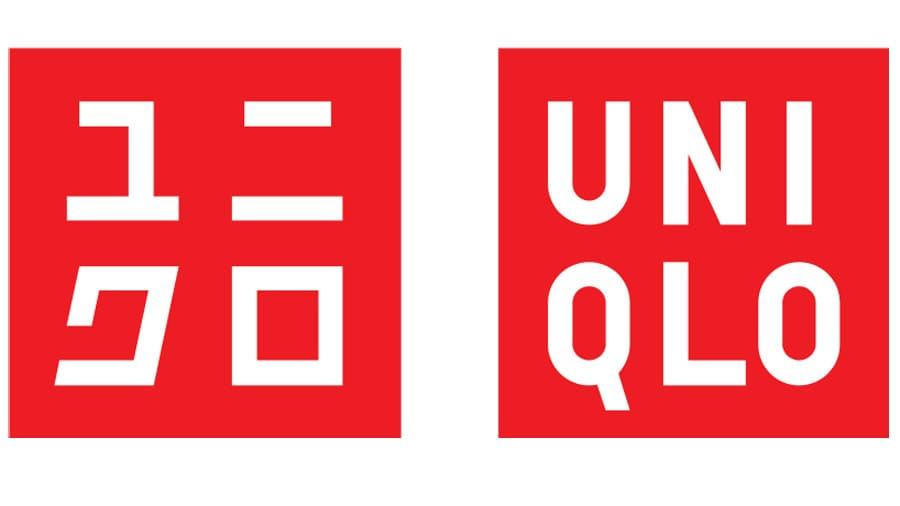The authenticity premium
In our globalised world, anything is available with the click of a button. This has led to a globalisation of fashion, architecture, food, etc. The problem is that with this globalisation, things become more and more the same and people are seeking out authentic experiences. What is served in European Thai, Japanese or Chinese restaurants often has little to do with the real thing. This provides an advantage for those businesses that provide a truly authentic experience. But how do you do that?
Akshina Banerjee and Oleg Urminsky from the University of Chicago asked their student to order food. Naturally, the students happily obliged, but the trick was that they were presented with menus from French, Korean, and Turkish restaurants in different formats. Some menus had the menu items only printed in English. In contrast, other menus had the menu items printed both in English and in the language of the cuisine the restaurants specialised in. Note that none of the students spoke French, Korean, or Turkish, so the foreign language descriptions were indecipherable to them.
But when asked how much they would be willing to pay for a meal, the students who saw a menu with English and foreign language menu items were willing to pay significantly more than students who only saw a menu with English items. The presence of foreign language menu items was interpreted as a signifier of authenticity and people were willing to pay a premium for these restaurants. And while the menus presented to students were made up, subsequent tests with two Chinese restaurants, one that provides only English language menu items and one that provides menu items in both English and Chinese showed that the same effect holds for real life restaurant menus.
Willingness to pay for restaurant food
Source: Banerjee and Urminsky (2022)
The problem is that when we shop for goods and services, we don’t know what is authentic and what is not until we try it. And we use the presence of foreign language and symbols as a mental shortcut to identifying authentic goods and services. And the premium we are willing to pay isn’t small. The chart above shows that students were willing to pay an extra 20% for French or Korean food that was presented on bilingual menus.
I assume the same effect holds true for other areas as well. Think of the Japanese fashion brand Uniqlo, which trades with a loge that has the name of the company spelled both in English and Japanese. The effect is that consumers consider this brand more authentic and create a stronger association with Japanese fashion than if the logo was just in English.
Logo of Uniqlo
Source: Uniqlo
Another brand I like is Superdry. Now Superdry is a British brand, but its design is geared towards Japanese design and styles and the logo of Superdry makes that amply clear by printing the name of the company in Japanese above the name in English. In this case, the Japanese lettering makes it immediately clear what the brand stands for and what consumers can expect from the clothes they buy there. And the study above indicates that having the name spelled in Japanese is a great move by Superdry because it probably helps to improve not only brand recognition but creates pricing power.
Logo of Superdry
Source: Superdry






